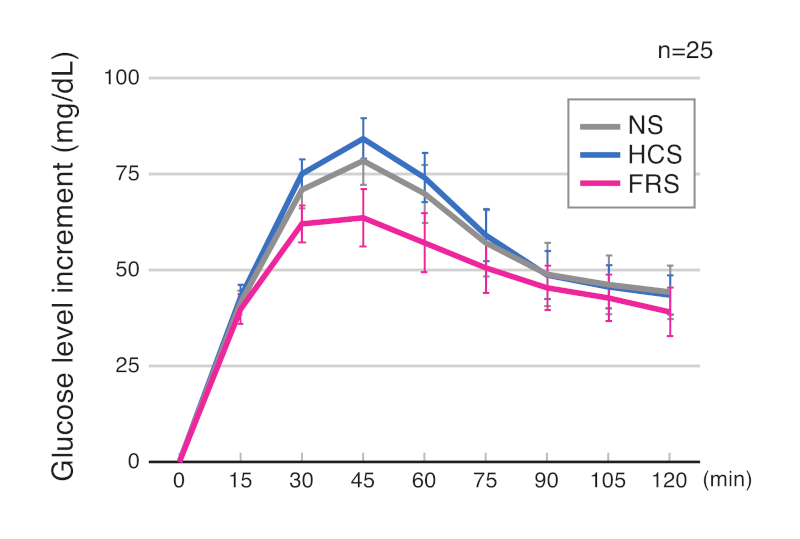Progress Report
Innovation in “Mental Capital” through Awareness Music and creation of new liberal arts4. Elucidation of mechanisms to promote awareness of internal receptive sensation of inaudible high-frequency sounds and its social implementation.
Progress until FY2022
1. Outline of the project
Music contains not only musical scales, melodies, rhythms, harmonies, and other elements that can be described in musical notation, but also timbres, fluctuations, spatial expansiveness, and many other non-verbal elements that are difficult to express in musical notation. Such elements play an indispensable role in music's ability to resonate with the human mind. We revealed that the music of various cultures on earth contains an abundance of inaudible high-frequency sounds above 20 kHz. In addition, it has been shown that such inaudible high-frequency sounds are abundant in the natural environmental sounds of tropical rainforests, where human genes are evolutionarily created, but are almost completely absent in the environmental sounds of modern cities. Furthermore, we have shown using advanced integrated imaging techniques that sounds rich in ultra-high frequency sounds activate the nervous system that generates mental and physical health and richness, such as the midbrain and the interbrain, making people feel comfortable with sounds, and may have effects that lead to mental and physical health, such as improving immunity and decreasing stress hormones.
This project aims to elucidate the mechanism by which Awareness Music Sound, including inaudible high-frequency sound, can lead to mental and physical well-being through the autonomic nervous system, and to implement this mechanism in society.
2. Outcome so far
It is widely known that stress management is important to prevent not only mental illnesses such as depression and anxiety, but also lifestyle-related diseases such as diabetes and hypertension, and to maintain a healthy mind and body. Music is expected to be one effective approach. However, conventional music therapy is largely dependent on subjective factors such as individual preferences and psychological state, making it difficult to achieve stable therapeutic effects due to the large variation among individuals. On the other hand, the effects of inaudible high-frequency sound are less susceptible to psychological influences, and thus are expected to be an effective approach for developing mental enrichment using music.
Therefore, in this project, targeting the prevention of diabetes, the effects of inaudible high frequency sounds on blood glucose levels were investigated using the oral glucose tolerance test used for the diagnosis of diabetes. As a result, we found that natural environmental sounds including inaudible high-frequency sounds (FRS: redline) statistically significantly suppressed the rise in blood glucose levels (P < 0.0001) when compared to listening to natural environmental sounds without inaudible high-frequency sounds (HCS: blue line) or no environmental sounds (NS: gray line).
Furthermore, the blood glucose suppression effect of inaudible high-frequency sound was more pronounced in older people and people with routinely high blood glucose levels (high HbA1C group), suggesting the possibility of a preventive effect on people at high risk of developing diabetes.
The results of this study were published in Scientific Reports, a sister journal of Nature, and were covered by many media reports.

3. Future plans
Modern medicine, as typified by drug therapy, surgical treatment, and regenerative medicine, is dominated by "material medicine," which approaches diseases from a material aspect. The results of this research are expected to pave the way for "information medicine," in which sensory information contained in music is used via the cranial nervous system to treat and prevent diseases that are difficult to approach with material medicine, and to bring about a healthy and prosperous body and mind.
(HONDA Manabu, National Center of Neurology and Psychiatry)